From that shocking archaeological discovery, the Government assigned the Gia Lai Provincial People's Committee to preside over the Comprehensive Research Program on the Roc Tung-Go Da and An Khe Old Stone Monuments (2026-2030 period). The program also aims at a long-term goal: building a scientific dossier to propose UNESCO to recognize the An Khe Old Stone Monuments as a World Cultural Heritage.
That journey requires not only archaeological expertise, but also modern science, international experience and political determination. Gia Lai Newspaper reporters had an interview with leading scientists to clarify the road ahead.
Associate Professor, Dr. Nguyen Khac Su, Vietnam Institute of Archaeology: "Roc Tung - Go Da is a heritage of humanity"
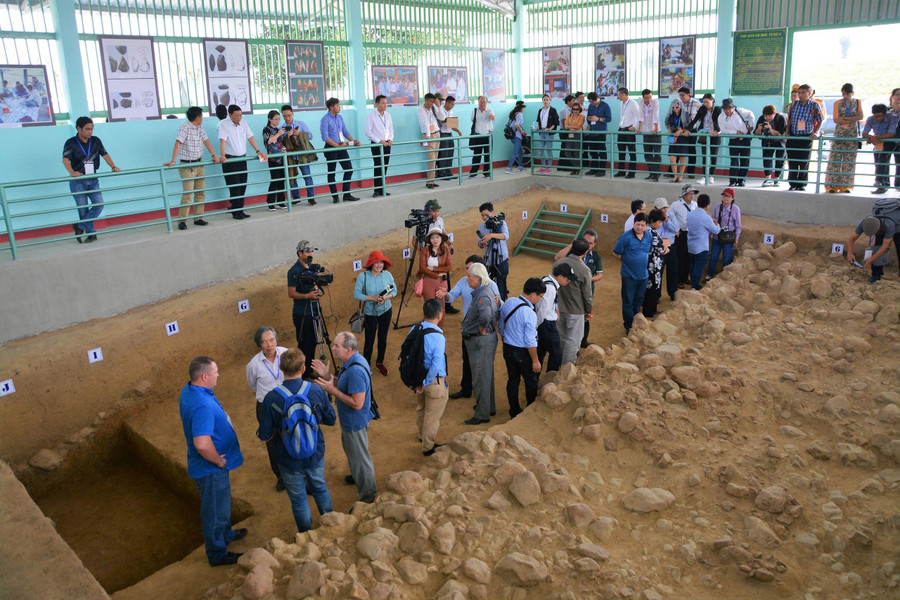
* Sir, many people call An Khe Old Stone a “turning point” of Vietnamese archaeology. So where is its greatest value, and what is its significance to domestic and international archaeology?
The most valuable thing in An Khe is that we have discovered ancient relics lying intact in the ground - authentic evidence for the presence of Homo erectus 80-85 thousand years ago. This is not only a milestone in the history of Vietnam, but also puts Southeast Asia on the map of human evolution, affirming that the East is not behind the West.
The discovery in An Khe has changed the international archaeology community's view of human origins. If previously the evolutionary map mainly emphasized the West or Africa, now An Khe has been added to the world 's early Paleolithic map.
The research results were included in the third volume of the World History series by the Russian Academy of Sciences, as well as in the opening chapter of the History of Vietnam (National History). In particular, two international conferences held in Gia Lai agreed that the age of the An Khe Paleolithic Site is equal to that of the Bach Sac site (China) - one of the "cradles" of mankind.
Roc Tung-Go Da has also been recognized as a special national monument, 10 typical ancient stone artifacts have been recognized as national treasures. This is not only a value of Vietnam, but also a contribution to the common evolutionary history of mankind.
* To move forward with the UNESCO nomination dossier, what do you think is the upcoming key task?
The important thing now is to clearly define the core and buffer zones. First, new surveys and excavations are needed, focusing on typical locations to clarify the “dawn” of humanity. Then, expanding the buffer zone to complete the picture of continuous human evolution: from the early and late Paleolithic periods to the Neolithic and Metal.
Another point is that international cooperation is indispensable. In the previous period, we had 5 years of very successful cooperation with Russian experts. But to build a world heritage profile, we need to invite more leading archaeologists, as well as experienced experts to participate in building and evaluating the UNESCO profile. They will help to clearly determine which criteria of An Khe are most convincing enough to present to the world.
This is not only the responsibility of Gia Lai or Vietnam alone. When recognized, An Khe will be a common heritage of humanity, the place that marked the first steps of humans on the land of Southeast Asia. And that is the stature we need to aim for."
Dr. Luu Anh Tuyen, Head of the Department of Nuclear Physics and Analysis (Ho Chi Minh City Nuclear Center), Vietnam Atomic Energy Institute: "Nuclear science helps An Khe have a convincing voice internationally."
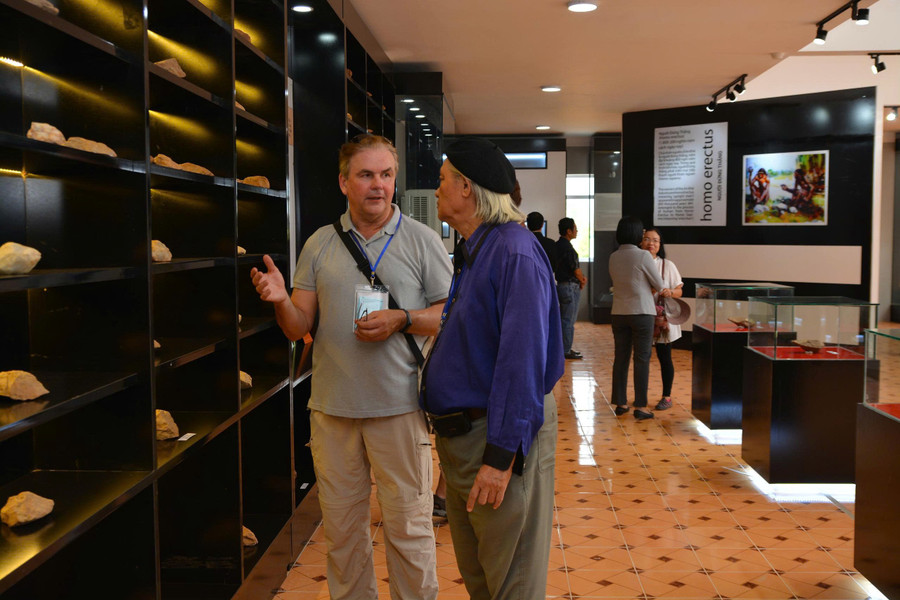
* Sir, what support can the Atomic Energy industry provide for An Khe's heritage profile?
The age of the An Khe Paleolithic was previously determined by the Kalium–Argon dating method on tektite meteorite fragments. The 800,000-year age of the tektite fragments that existed among the archaeological cultural layers in An Khe provided valuable information regarding the formation time of that cultural period. However, this is still an indirect way of determining the age, not a direct age of the An Khe Paleolithic cultural layer.
Nowadays, with the development of science, we can supplement many modern nuclear analysis techniques to directly determine the age of stone tools and sediment layers in those cultural layers.
Specifically, among the known nuclear methods, we have improved, published internationally and successfully applied the improved Thermoluminescence analysis method (iTLD) to directly determine the age of ancient brick and stone samples at relic sites such as Oc Eo-Ba The (An Giang province, a project funded by VINF), White Stone Citadel (Ba Ria-Vung Tau), Nguom Stone Roof (Thai Nguyen), Cat Tien Sanctuary (Lam Dong), Chang Kuang archaeological site (Taiwan).
For the An Khe Old Stone, the iTLD analysis method will help us directly determine the age of the stone tools since they were left behind as well as accurately determine the age of the sediment layer that buried these tools.
In addition, stable isotope ratio analyses for sediment samples and tools at An Khe can help us determine the origin and paleogeographic climate at the stage of cultural layer formation, thereby explaining the process of human behavioral changes related to the food chain and tool development for survival.
* What does this mean for legacy records?
“UNESCO attaches great importance to the authenticity and integrity of heritage and always evaluates dossiers based on solid scientific evidence. To prove that a site or archaeological area is hundreds of thousands of years old, scientists cannot rely solely on qualitative observations or indirect dating analysis because the effects of disturbances over hundreds of thousands of years often make the results controversial.
On the contrary, with two direct dating data determined from the stone tools themselves and the cultural sediment layer when using the iTLD method of the nuclear industry, we can confirm the real age of the relic around the axis of 800,000 years, thereby consolidating the direct and solid scientific basis for the dossier in a convincing way to submit to UNESCO for recognition as a world heritage.
The application of nuclear methods will not only help An Khe's dossier to be convincing but also raise the level of Vietnamese archaeological research, led by Vietnamese scientists. The dating results can also be compared with similar studies in Europe, Africa or China. This helps An Khe Paleolithic to be on par with the world's famous Paleolithic sites.
* You mentioned the method of stable isotope ratio analysis to determine paleogeographic climate. Specifically, how does this method contribute to the research of An Khe paleolithic and records in the coming period?
Prehistoric humans would have changed their living behaviors as the environment, plants and animals changed. That information is stored in the sediment layers at An Khe and we can determine it through stable isotope ratio analysis, a modern method of nuclear analysis.
Information from this analysis helps us to further confirm the causes and motivations for the development of stone tools by prehistoric people in An Khe hundreds of thousands of years ago, especially during the changing period of the pre-ice age Mindel.
Furthermore, stable isotope ratio analysis tells us the origin of the stone tools and answers the question whether the stone workshops at An Khe only served the ancient community here or whether the large number of tools also served for exchange with other ancient communities because we have seen a few similar tools that seem to have appeared sporadically in other areas, both in the Central Highlands and the delta? These data are extremely valuable when preparing the UNESCO dossier for An Khe.
Associate Professor, Dr. Bui Chi Hoang , Member of the National Cultural Heritage Council, Vice President of the Vietnam Archaeological Association: "An Khe has many advantages to complete the World Heritage dossier"
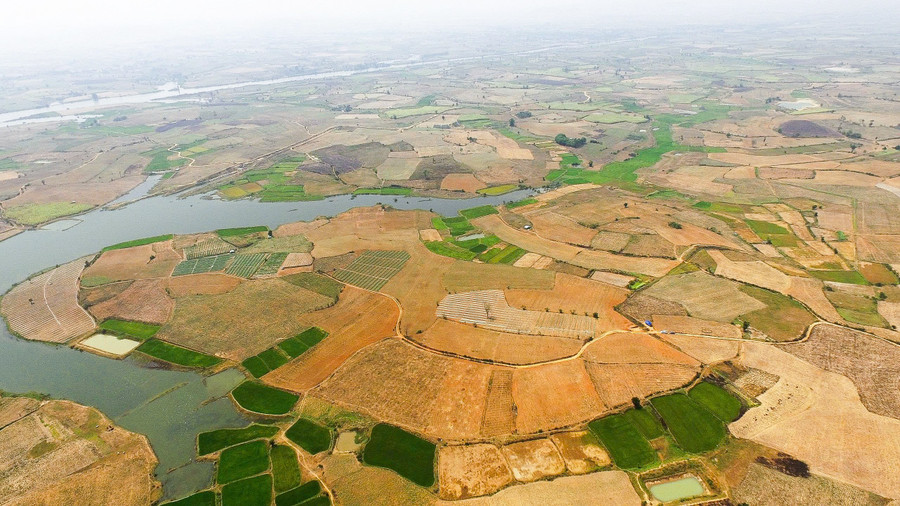
* Sir, with your practical experience participating in building a world heritage lake, what do you recommend for An Khe?
I must say right away, this is an extremely arduous journey. Since 2012, I have proposed to establish a dossier for the special national relic Oc Eo (An Giang province), but so far only a summary has been sent to UNESCO, the official dossier is not yet complete. The lesson learned is that not only scientific knowledge is needed, but also great political determination, very tight management and a clear scientific roadmap. Otherwise, we can easily fall into a state of protractedness and lack of synchronization.
* So how do you evaluate the current conditions of An Khe?
Fortunately, the Government has assigned the Gia Lai Provincial People's Committee to develop a comprehensive research program directly, without intermediaries. This helps avoid overlap and shortens the time. At the same time, we also learn from some "unfinished" dossiers at other relics. In addition, the locality has made remarkable preparations, from zero, now has a road system, an open museum, and a valuable spirit of determination.
I think it is necessary to soon establish a Steering Committee and a Scientific Advisory Council consisting of leading, prestigious and dedicated experts. This will be the “filter” to evaluate research results and propose appropriate policies.
If Gia Lai can take advantage of its existing advantages, An Khe Old Stone has a chance to become a World Cultural Heritage. However, we must also prepare ourselves for a long and challenging journey. The World Heritage dossier cannot be completed in a few years, but requires perseverance, serious scientific work and high consensus from many sides.
Source: https://baogialai.com.vn/da-cu-an-khe-huong-toi-danh-hieu-di-san-van-hoa-the-gioi-post564702.html



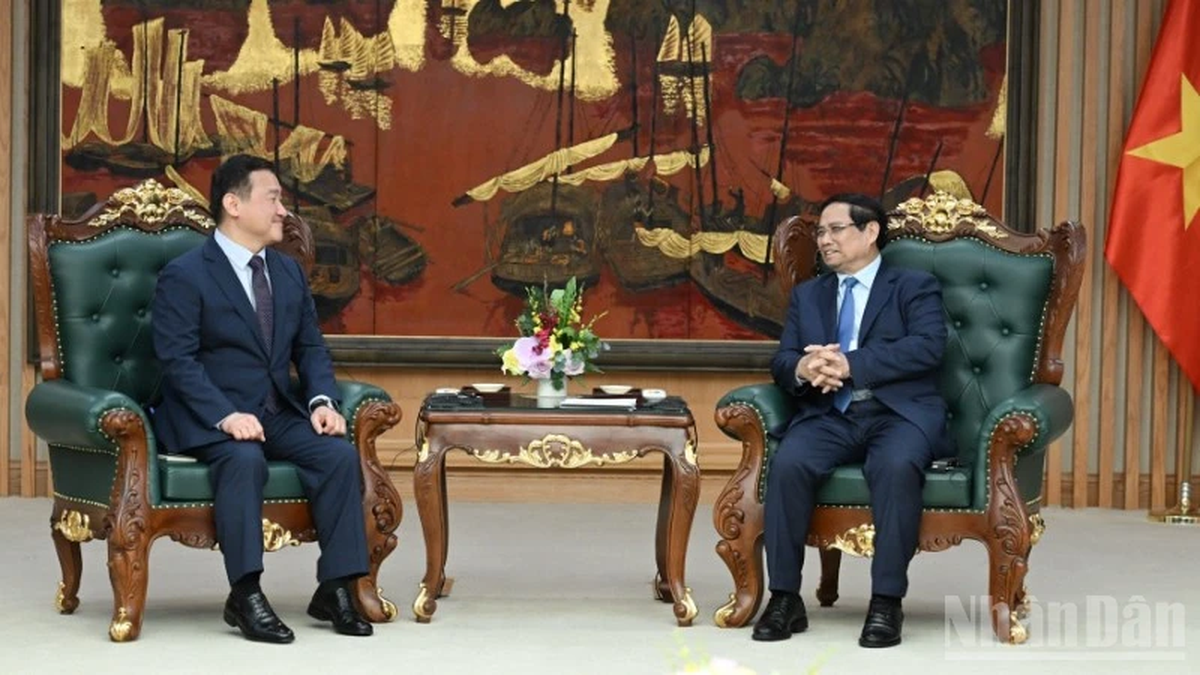
![[Photo] Prime Minister Pham Minh Chinh chairs meeting of National Steering Committee on International Integration](https://vphoto.vietnam.vn/thumb/1200x675/vietnam/resource/IMAGE/2025/8/26/9d34a506f9fb42ac90a48179fc89abb3)
![[Photo] Prime Minister Pham Minh Chinh receives CEO of Samsung Electronics](https://vphoto.vietnam.vn/thumb/1200x675/vietnam/resource/IMAGE/2025/8/26/373f5db99f704e6eb1321c787485c3c2)
![[Photo] Multi-colored cultural space at the Exhibition "80 years of the journey of Independence - Freedom - Happiness"](https://vphoto.vietnam.vn/thumb/1200x675/vietnam/resource/IMAGE/2025/8/26/fe69de34803e4ac1bf88ce49813d95d8)
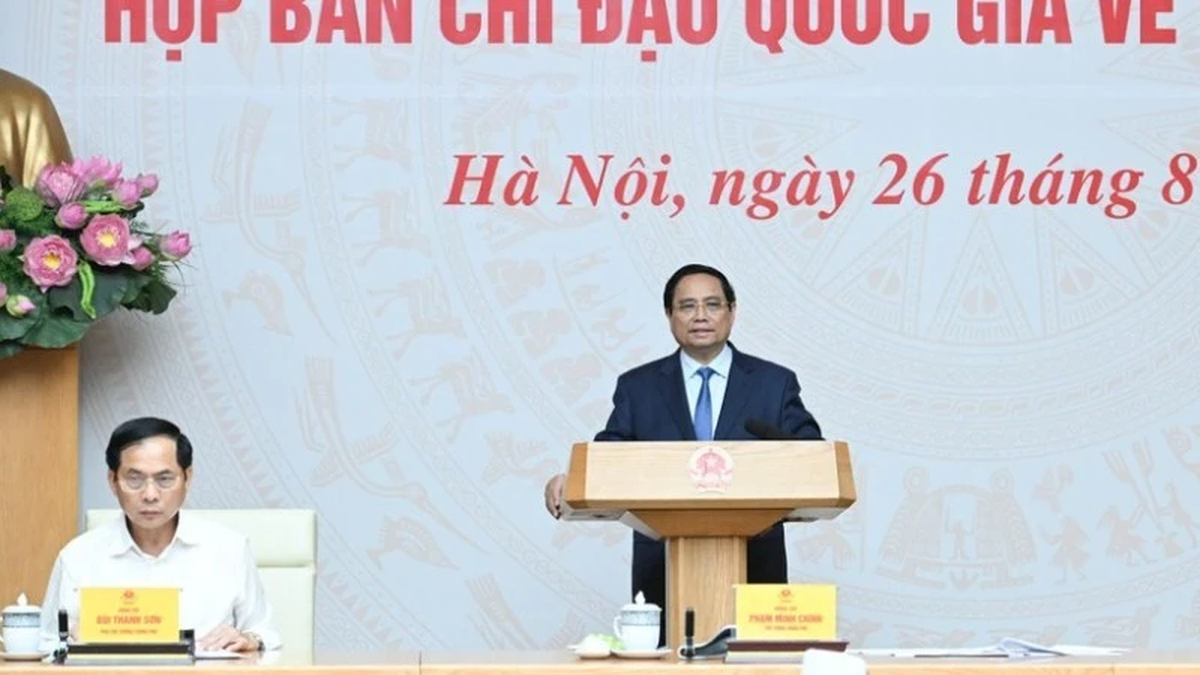


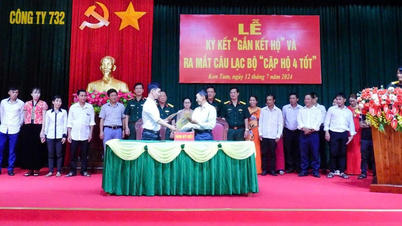
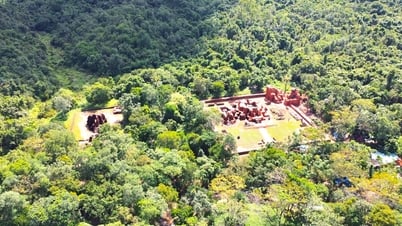


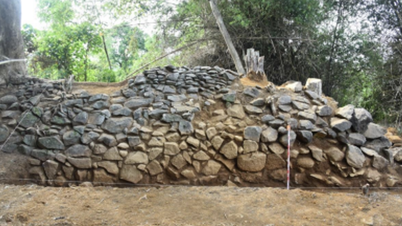



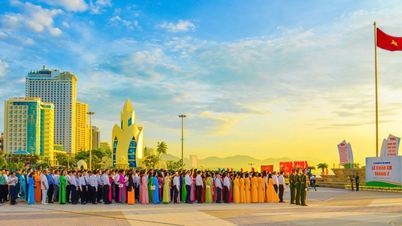

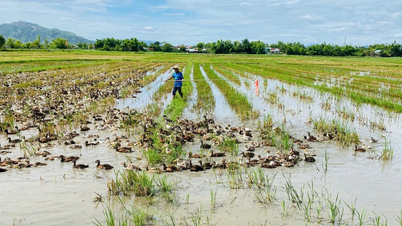
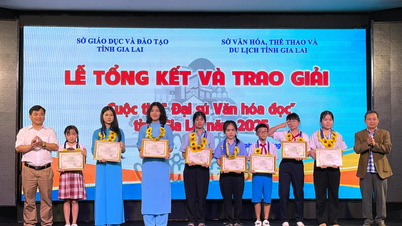


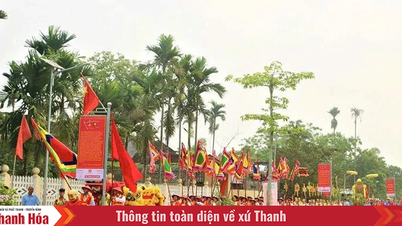







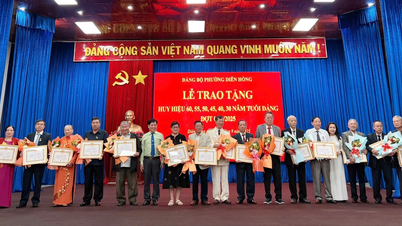
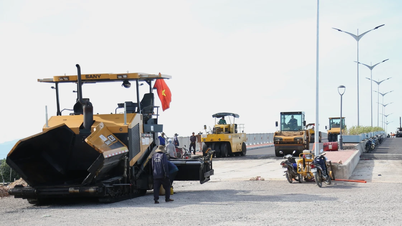
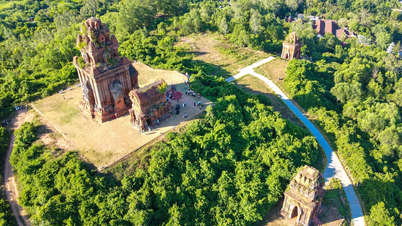

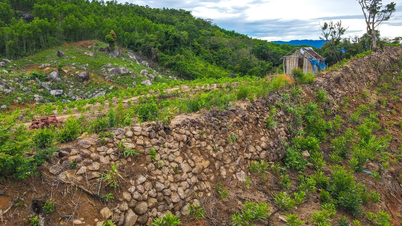
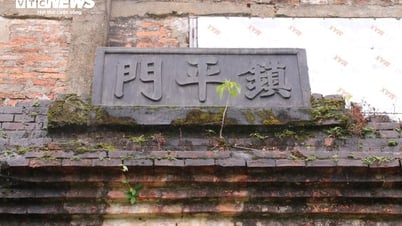

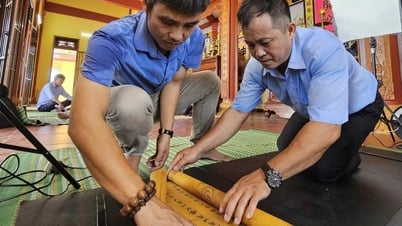



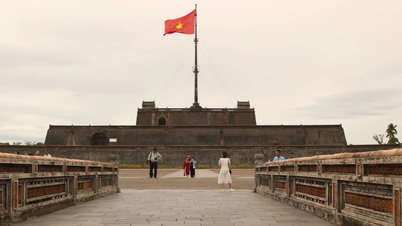

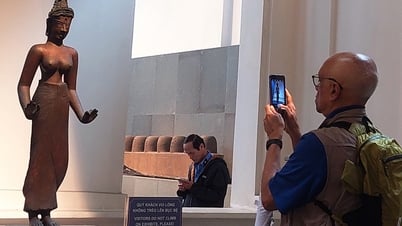


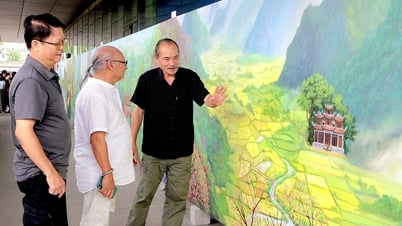






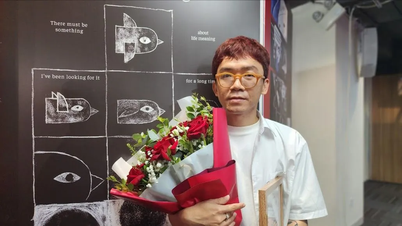



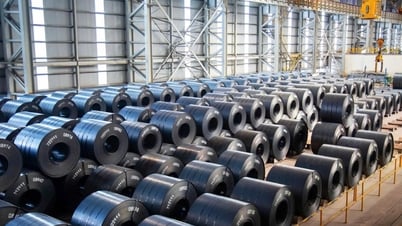


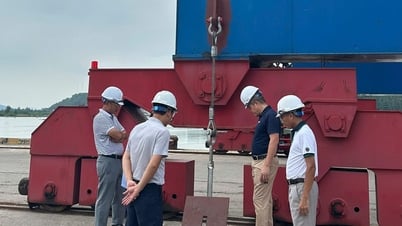





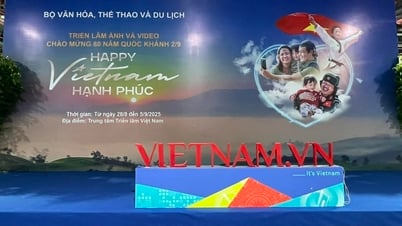









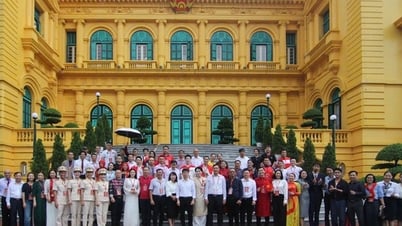


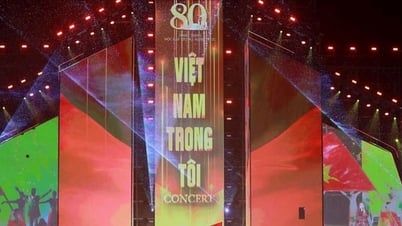


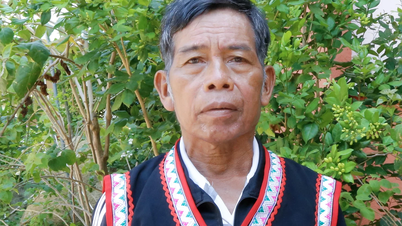
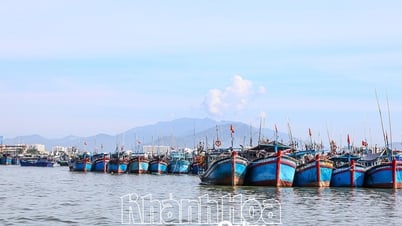
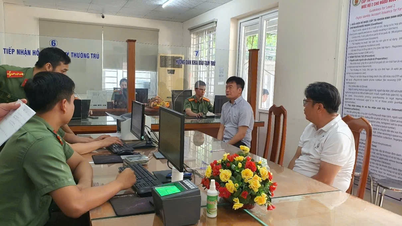






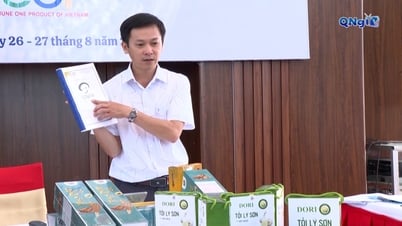










Comment (0)